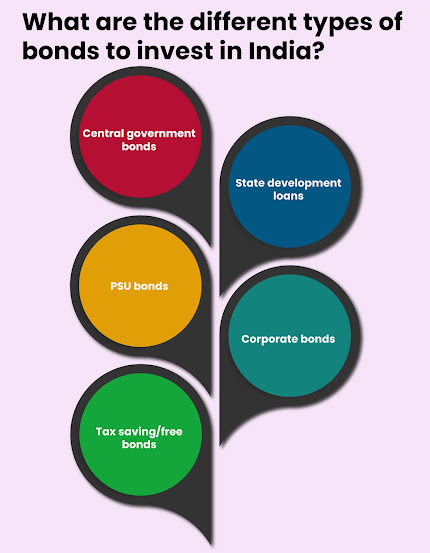The Difference Between Coupon Rate and Bond Yield
In this article, we will explain the difference between coupon rate and bond yield and help you understand how they impact your bond investments.
What is Coupon Rate?
Coupon rate, also known as the nominal yield, is the fixed annual interest rate that a bond pays to its bondholders. It is the percentage of the bond's face value that is paid out to the bondholder on an annual basis.
For example, if you buy a bond with a face value of $1,000 and a coupon rate of 5%, you will receive $50 in interest payments each year until the bond matures.
What is Bond Yield?
Bond yield, on the other hand, is the return on investment that a bondholder can expect to receive over the life of the bond. It takes into account the bond's price, its coupon rate, and the time to maturity.
Bond yield is expressed as a percentage and is calculated by dividing the bond's annual coupon payment by its current market price.
For example, if you buy a bond with a face value of $1,000, a coupon rate of 5%, and a market price of $1,100, the bond yield would be 4.55%.
The Relationship Between Coupon Rate and Bond Yield
The coupon rate and bond yield are not the same thing, but they are closely related. In fact, a bond's coupon rate is used to calculate its yield.
If the bond's price is above its face value, the yield will be lower than the coupon rate. Conversely, if the bond's price is below its face value, the yield will be higher than the coupon rate.This relationship between coupon rate and bond yield is important to understand because it can have a significant impact on the value of your bond investments.
Factors That Affect Bond Yield
There are a number of factors that can affect bond yield, including:
1. Interest Rates
Interest rates have a significant impact on bond yields. When interest rates rise, bond yields tend to rise as well, and vice versa.
2. Credit Ratings
A bond's credit rating is an assessment of the bond issuer's creditworthiness. Bonds with higher credit ratings tend to have lower yields, while bonds with lower credit ratings tend to have higher yields.
3. Maturity
The length of time until a bond matures can also affect its yield. Generally, bonds with longer maturities have higher yields than bonds with shorter maturities.
4. Inflation
Inflation can also impact bond yields. If inflation is high, bond yields will tend to be higher as well, since investors will demand a higher yield to compensate for the loss of purchasing power.
Conclusion
In conclusion, coupon rate and bond yield are two important concepts that every bond investor should understand. Coupon rate is the fixed annual interest rate that a bond pays to its bondholders, while bond yield is the return on investment that a bondholder can expect to receive over the life of the bond.
While the coupon rate and bond yield are not the same thing, they are closely related, and understanding the relationship between the two can help you make informed decisions when investing in bonds.
By understanding the factors that affect bond yield, you can also make better investment decisions and maximize your returns. So, whether you are a seasoned bond investor or just starting out, understanding coupon rate and bond yield is essential to your success.



Comments
Post a Comment